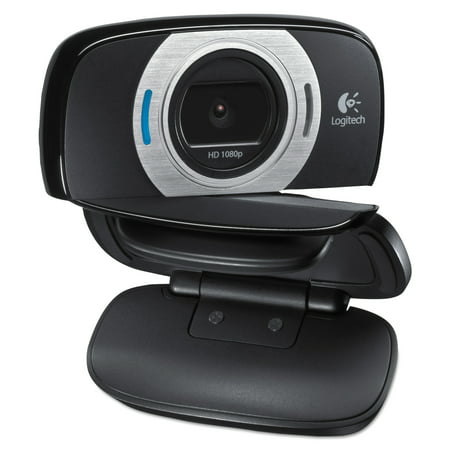Dell Latitude E6420 Business Class Laptop Intel i7 2620M 2.70GHz Processor 8GB RAM Memory 500GB Hard Drive DVDRW Windows 7 Professional 64-bit Integrated Web Camera
Dell Latitude E6420 Mobile Business Class Laptopi7 2620M 2.7GHz cpu, 8GB ram, 500GB hard driveMicrosoft Windows 10 Professional sixty four-bitVGA, HDMI, RJ-45, 3x USB 2.zero, 1x eSATA/USB, Audio, E-Family Connector14 inch 1366×768 HD Anti-Glare LED Screen Genuine Dell adapter









Reviews
There are no reviews yet.